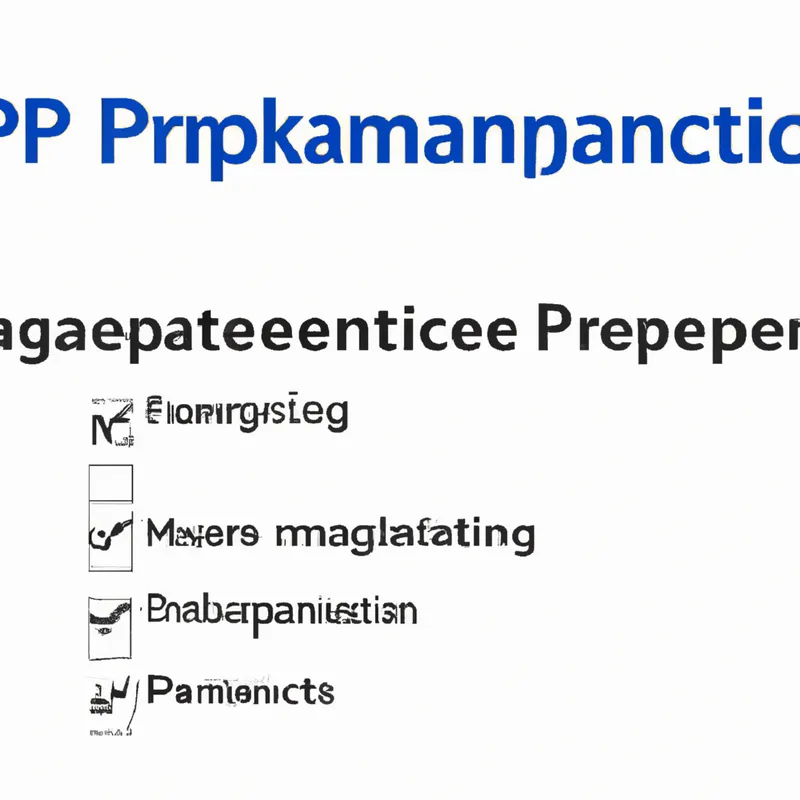Optimize Learning by Identifying Skills Gaps
How to Use Performance Tracking to Identify Skills Gaps
In today’s fast-paced work environment, continuous learning and development keep organizations competitive. Organizations constantly ensure employees have the skills to thrive. Performance tracking effectively identifies skills gaps within your team. By monitoring performance metrics, you can pinpoint improvement areas and foster a growth culture.
This blog post explores how to leverage performance tracking to identify skills gaps in your workforce. We provide actionable tips, practical advice, and highlight the benefits of this approach.
Understand the Importance of Performance Tracking
Performance tracking systematically collects and analyzes data about employee performance. This data includes key performance indicators (KPIs), manager feedback, and peer reviews. Understanding its importance is the first step toward effective skills gap analysis.
Establish Clear KPIs
To track performance effectively, start by establishing clear KPIs. These indicators should align with your organization’s goals. For instance, if your company aims to enhance customer service, measure response time and customer satisfaction scores.
Use a Variety of Data Sources
Relying on one data source can provide a skewed perspective. Instead, utilize various sources. Combine self-assessments, team evaluations, and performance reviews. This holistic approach gathers comprehensive insights into employee skills.
Regularly Review Performance Metrics
Performance data should not undergo one-time analysis. Regular reviews help identify trends over time. Schedule quarterly or biannual reviews to track progress. This practice identifies skills gaps and highlights improvements.
Tips for Identifying Skills Gaps
Identifying skills gaps requires a strategic approach. Here are some tips to help you through the process.
Conduct Skills Assessments
Conduct skills assessments to gauge employees’ current capabilities. Use surveys, tests, or one-on-one interviews. These assessments provide a baseline for comparison against desired skills for specific roles.
Analyze Performance Trends
Look for patterns in performance data. If an employee consistently underperforms in a specific area, it may indicate a skills gap. For example, if a sales team struggles with closing deals, they may need negotiation training.
Seek Employee Feedback
Engage employees in the process. They often have valuable insights into their skill sets. Conduct surveys or hold focus groups to gather feedback. This approach fosters ownership and encourages personal development.
Practical Advice for Addressing Skills Gaps
After identifying skills gaps, addressing them effectively is crucial. Here’s how.
Create Personalized Development Plans
Every employee is unique. Therefore, tailor development plans to address individual skills gaps. Collaborate with employees to set goals and identify training resources. This personalized approach enhances engagement and commitment.
Implement Training Programs
Invest in training programs that align with your employees’ needs. Workshops, online courses, and mentorship can help bridge skills gaps. Ensure these programs remain accessible and relevant to their roles.
Monitor Progress Continuously
After implementing training, continue to monitor progress. Regularly check in with employees to assess their development. Adjust training programs based on feedback and performance data. This ongoing support reinforces learning and growth.
The Benefits of Using Performance Tracking
Using performance tracking to identify skills gaps offers numerous advantages.
Enhanced Employee Engagement
When employees see that their skills and development matter, they feel valued. This recognition boosts morale and engagement. Employees are more likely to invest time and effort into improving their skills.
Improved Team Performance
Addressing skills gaps leads to improved overall team performance. As employees develop their skills, they contribute more effectively to team goals. This positive impact enhances productivity and drives organizational success.
Strategic Talent Development
Identifying skills gaps allows for strategic talent development. Align employee growth with organizational goals. This alignment ensures your workforce is prepared for future challenges and opportunities.
Conclusion
Incorporating performance tracking into your skills gap analysis is a game-changer. Establish clear KPIs, use diverse data sources, and regularly review metrics to gain valuable insights. Skills assessments, trend analysis, and employee feedback further enhance your understanding of gaps.
Once identified, personalize development plans, implement targeted training programs, and monitor progress continuously. The benefits of this approach include increased employee engagement and improved team performance.
Implement performance tracking today to empower your workforce and drive your organization toward success.
Below are related products based on this post:
FAQ
What is the significance of performance tracking in identifying skills gaps?
Performance tracking systematically collects and analyzes data about employee performance, including key performance indicators (KPIs), manager feedback, and peer reviews. It is crucial for identifying skills gaps as it provides a clear understanding of where employees may need further development to align with organizational goals.
How can organizations effectively address identified skills gaps?
Organizations can address skills gaps by creating personalized development plans tailored to individual employees’ needs, implementing relevant training programs, and continuously monitoring progress. This approach ensures that employees receive targeted support and resources to enhance their skills effectively.
What are the benefits of using performance tracking to identify skills gaps?
The benefits of using performance tracking include enhanced employee engagement, improved team performance, and strategic talent development. Employees feel valued when their development is prioritized, leading to higher morale and productivity, while aligning employee growth with organizational goals prepares the workforce for future challenges.















Post Comment